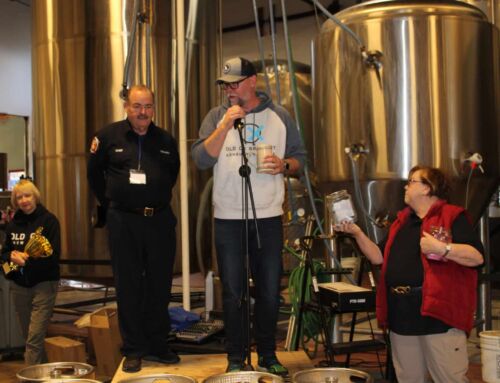Understanding the difference between heat exhaustion and heat stroke is crucial for staying safe in hot weather. Ashburn Volunteer Fire and Rescue Department (AVFRD) wants you to be aware of these conditions and their distinct characteristics:
Heat Exhaustion:
- Symptoms: Heavy sweating, weakness, dizziness, headache, nausea or vomiting, cool, moist skin, muscle cramps, and elevated heart rate.
- Cause: Prolonged exposure to high temperatures and inadequate hydration.
- Action: Move to a cool place, rest, and drink fluids. Remove tight or unnecessary clothing. Apply cool, wet cloths to the body. If symptoms worsen or persist, seek medical attention.
Heat Stroke:
- Symptoms: High body temperature (above 103°F or 39.4°C), rapid pulse, hot and dry skin (no sweating), throbbing headache, confusion, dizziness, and unconsciousness.
- Cause: Failure of the body’s heat-regulating mechanisms, leading to a dangerous increase in body temperature.
- Action: Heat stroke is a medical emergency. Call 911 immediately. Move the person to a cool area and lower their body temperature using cool water, wet towels, or ice packs until medical help arrives.
Remember, heat exhaustion can progress to heat stroke if not addressed promptly. If you or someone around you shows signs of heat stroke, it’s crucial to act quickly and seek medical assistance.
Stay vigilant, stay hydrated, and stay safe during hot weather conditions!
#AVFRD #publiceducation #CDC #mayoclinic #heatstrokesymptoms #heatexhaustion
Sources:
- Centers for Disease Control and Prevention (CDC) – Extreme Heat and Your Health Link: https://www.cdc.gov/disasters/extremeheat/index.html
- Mayo Clinic – Heat Exhaustion: Symptoms and Treatment Link: https://www.mayoclinic.org/diseases-conditions/heat-exhaustion/symptoms-causes/syc-20373250
- Mayo Clinic – Heatstroke: Symptoms and causes Link: https://www.mayoclinic.org/diseases-conditions/heat-stroke/symptoms-causes/syc-20353581






Leave A Comment